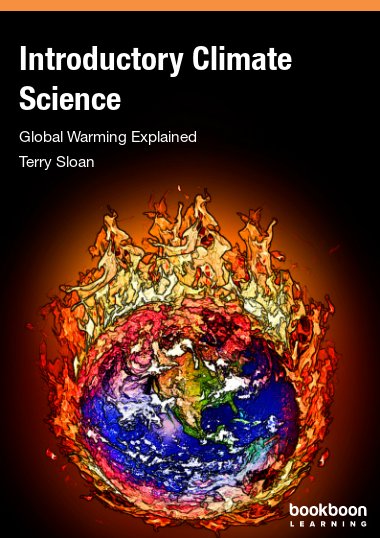The book is a primer for students of the climate. It will also be of use to anyone wishing to understand the science underlying global warming from increasing greenhouse gas concentrations.

The book is a primer for students of the climate. It will also be of use to anyone wishing to understand the science underlying global warming from increasing greenhouse gas concentrations.
Terry Sloan